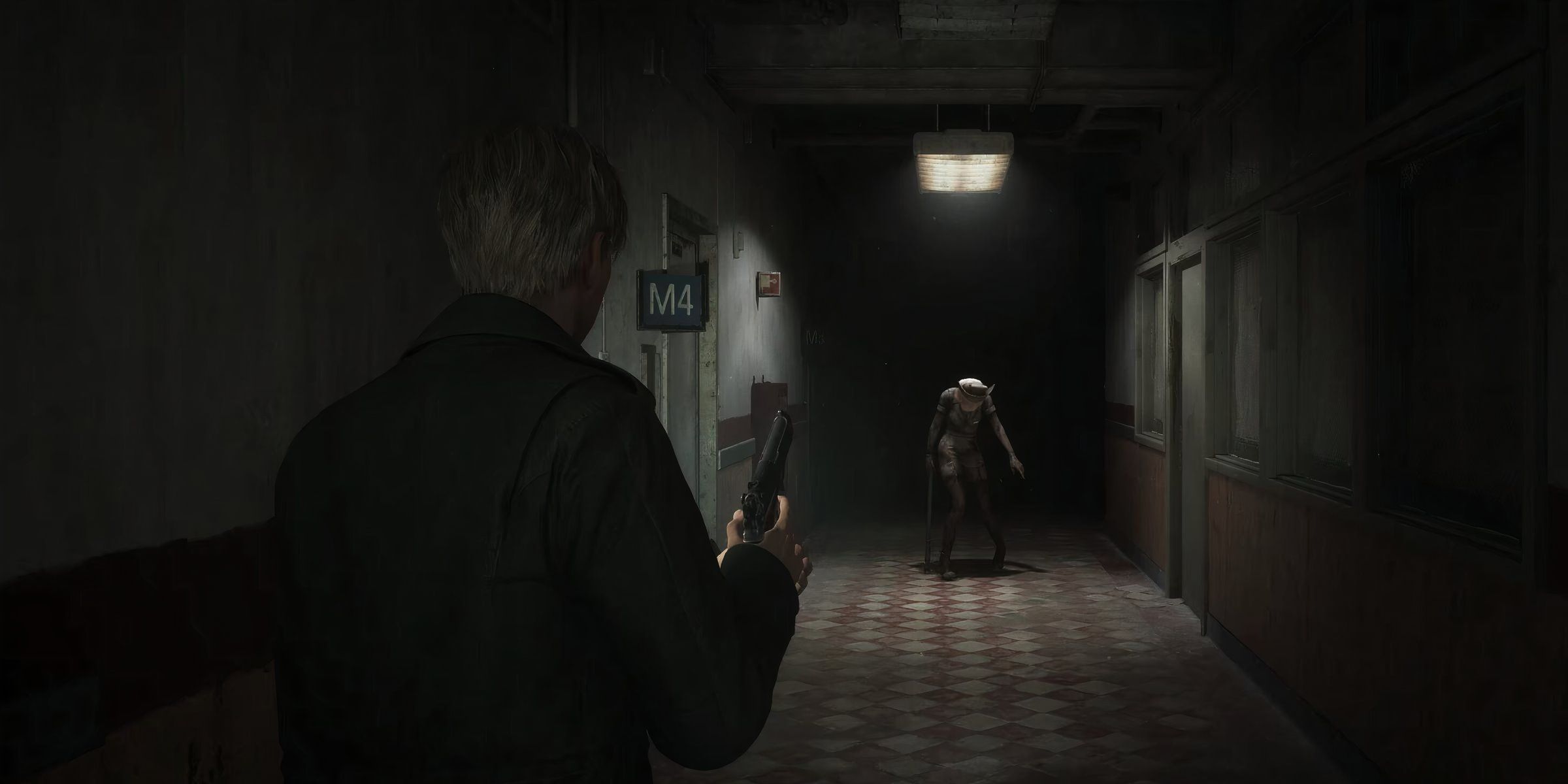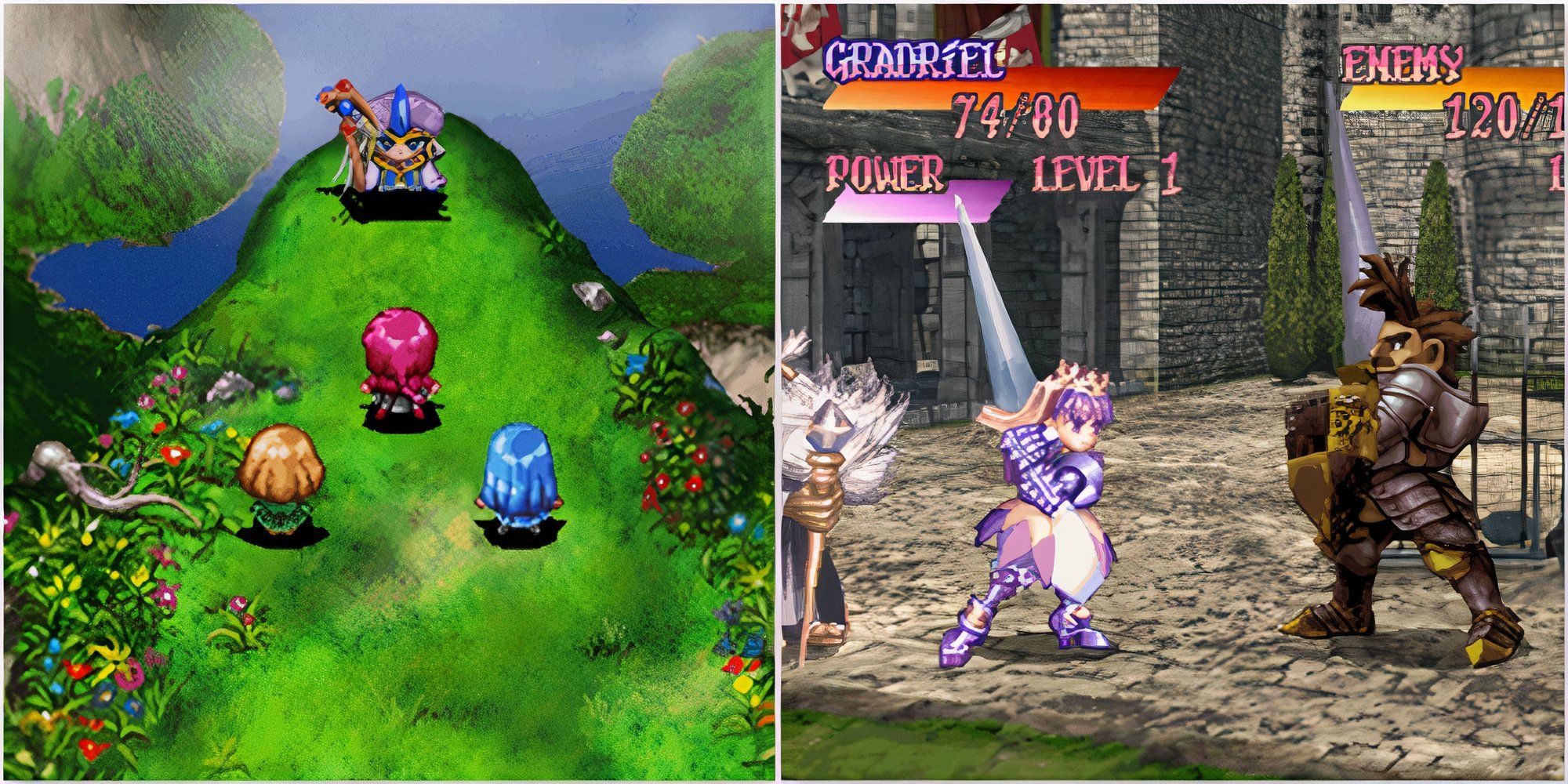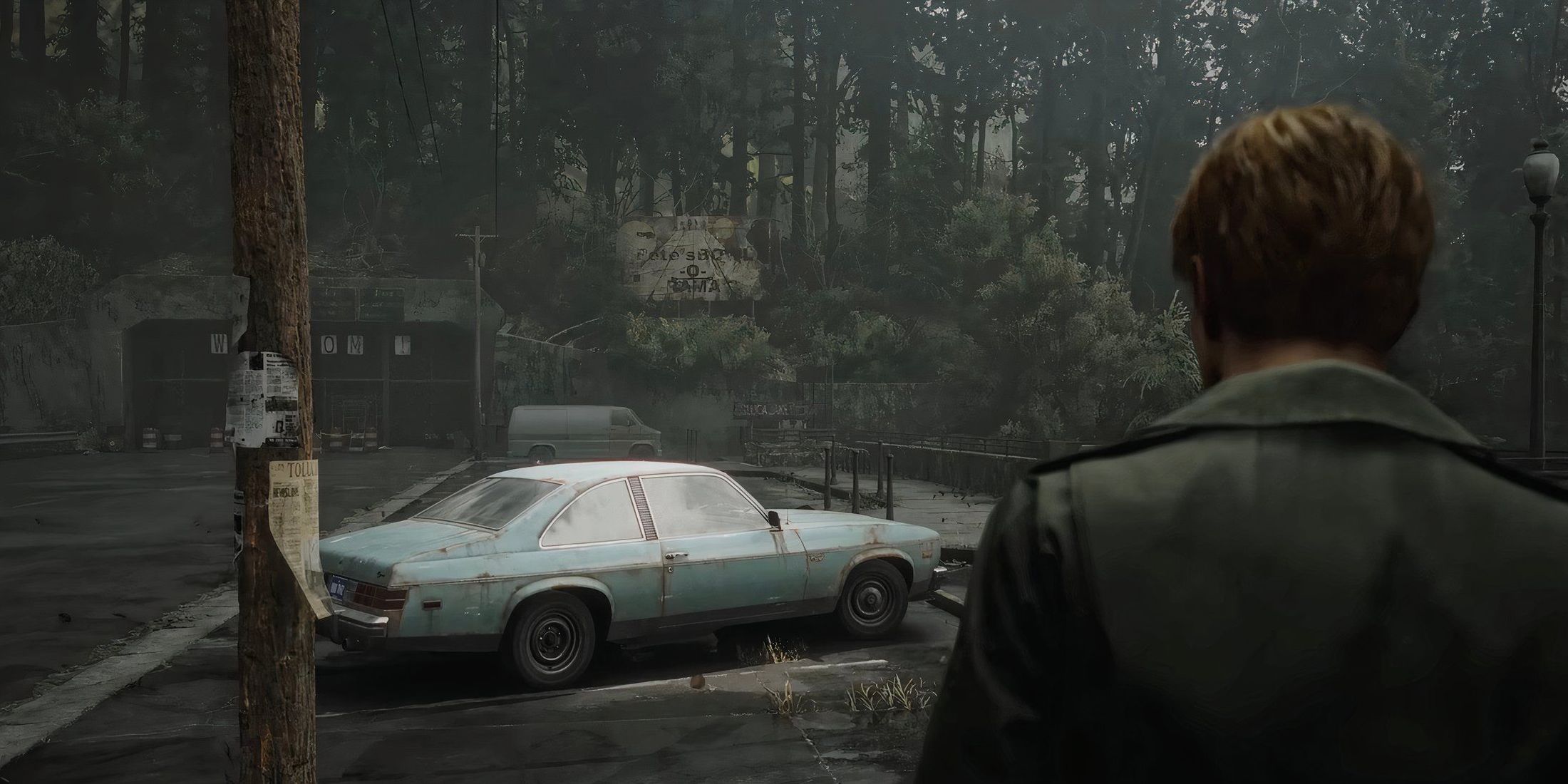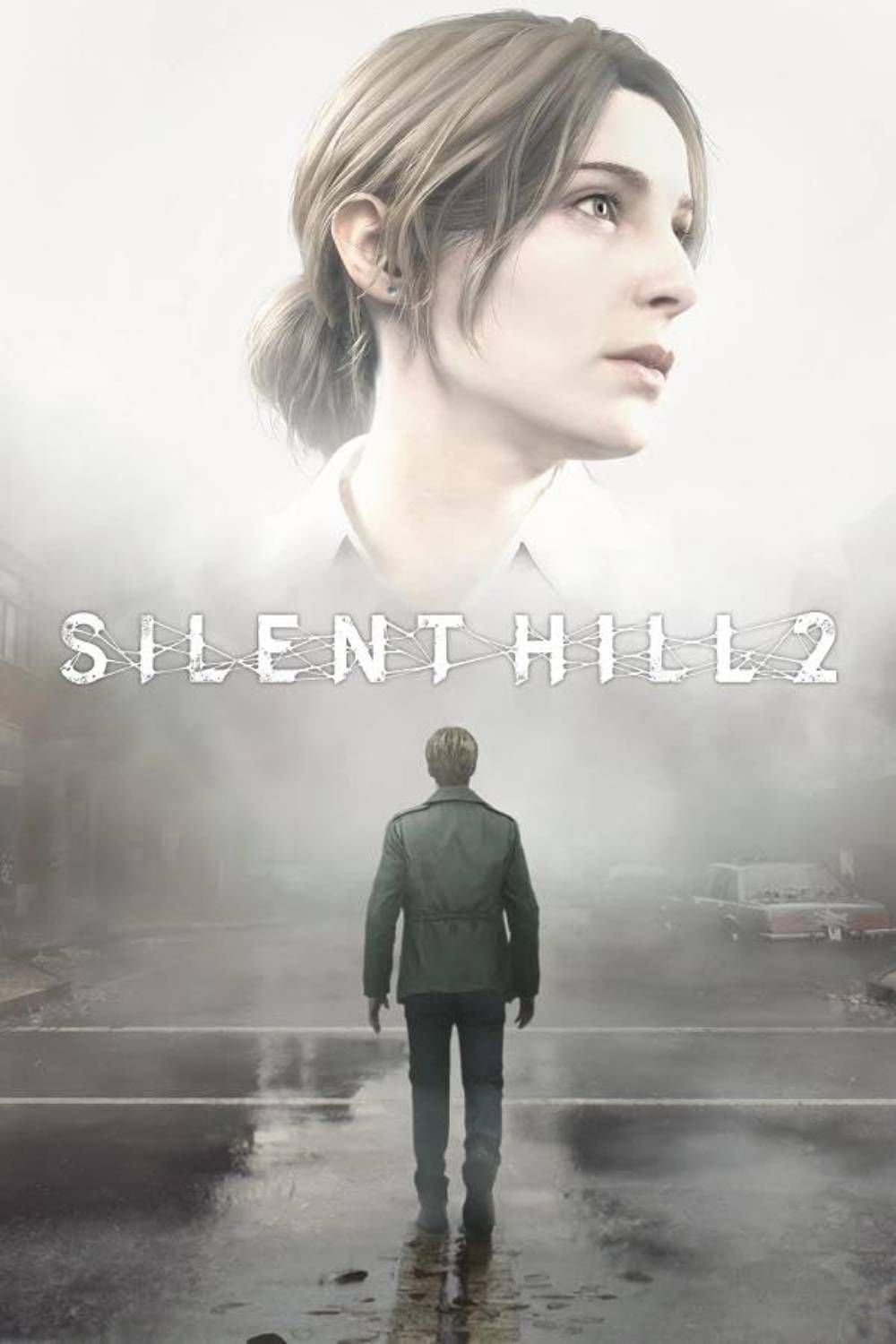Highlights
- Tight shots in Silent Hill 2 create psychological horror by limiting player vision and building tension effectively.
- The remake's controllable camera may detract from the original game's fear of the unknown, altering the core identity of the game.
- The developers must find ways to compensate for the lack of fixed camera angles in the remake to maintain the game's psychological horror.
Psychological horror translates incredibly well to visual mediums, which is one of a number of reasons why the genre has seen success in video games. Silent Hill 2, released for PlayStation 2 in 2001, is a survival horror game that leans heavily into psychological horror. It does this by borrowing some tricks that horror filmmakers use, notably tight shots that limit what the player can see. As the player moves through the space, they cannot control the third-person camera, and thus can't see what is just off-screen.
Silent Hill 2's remake will be released in October, bringing many upgrades and spec overhauls to the game for an entirely new console generation. One of the biggest and most noticeable changes is the new adjustable camera in the third-person perspective that can be controlled by the player. While more autonomy and choice is usually a welcome change in video games, and usually brings with it more interactivity, it may be detrimental to Silent Hill 2 because of the genre.
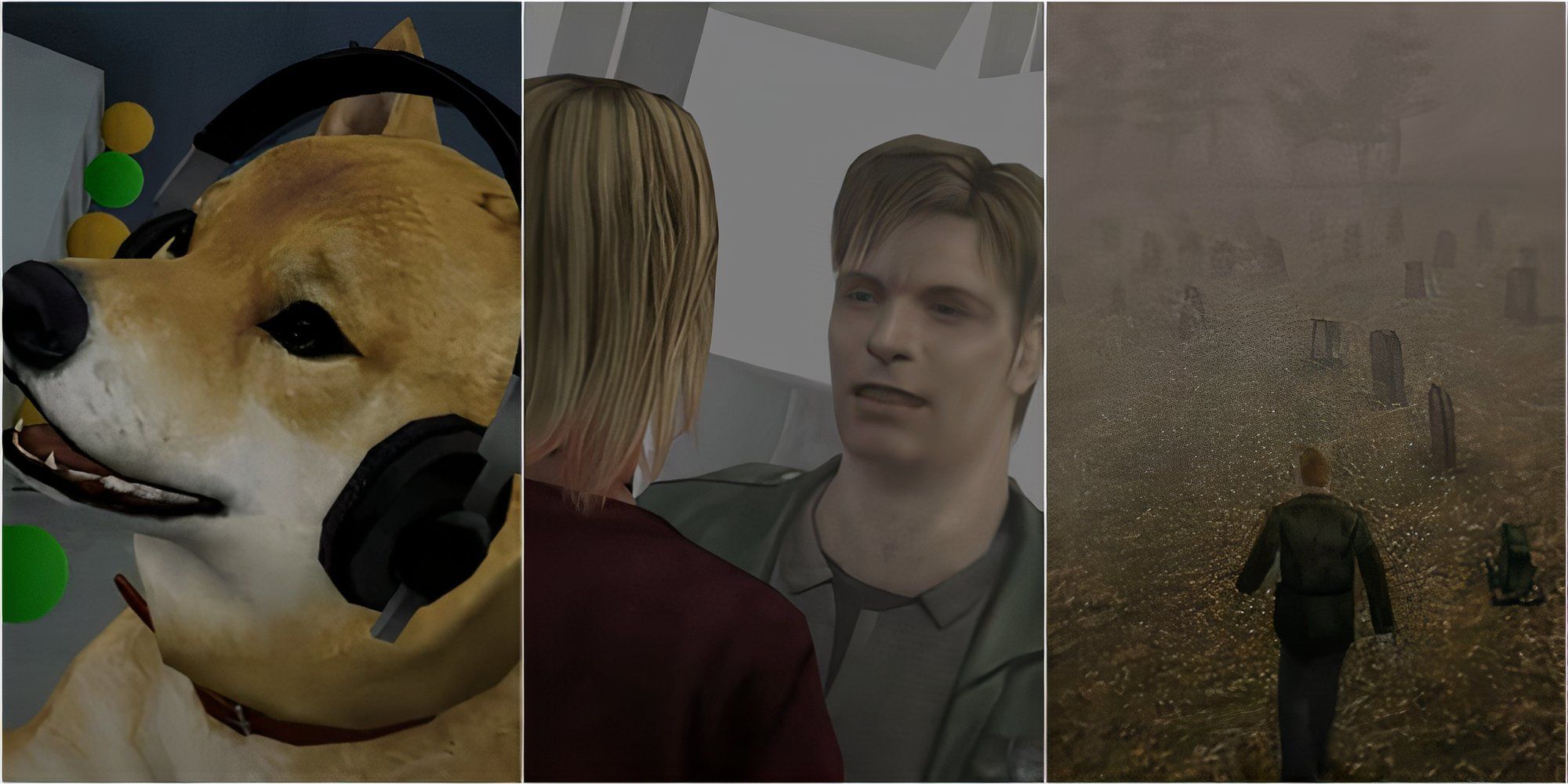
Silent Hill 2: Every Ending, Ranked
Silent Hill 2 has several endings that players can achieve through their in-game actions. Here's how they stack up in terms of quality and impact.
How Cinematography Creates Horror in Silent Hill 2
A Fixed Camera Perspective Helps Create Silent Hill 2's Scares
Tight shots are a core component of the horror genre and formed the foundation of the horror of the original Silent Hill 2. Players were forced to be left in the hands of the video game developer, who moved the angles wherever was most effective for the setting. This left the developer able to add other design elements, such as sound, to heighten the fear and horror experience for the player.
If a sound was heard off-screen, the player was unable to move the camera to see what it was, opening the world and creating the potential for anything that could be lurking just past the frame. Forcing the camera into certain angles and shots, such as tight or long shots, also creates a more cinematic experience. While this may not be conventional or even desirable in most video games, it's essential for the psychological horror that led to Silent Hill 2's success.
Forcing the player to walk through a forest by facing the character without seeing what's directly ahead, creates a fear of the unknown. Silent Hill 2's fear of the unknown makes the player an active participant in creating the horror, and once that's dispelled, the horror and fear disappear with it.
The Silent Hill 2 Remake Needs to Compensate
How Silent Hill 2 Remake Can Create New Scares with its Third-Person Perspective
Silent Hill 2's gameplay shows a camera that's controllable by players. Unfortunately, this makes it much like other horror games, and removes what made it stand out as a psychological horror. Using darkness, fog, and corners to impede vision does work, but it's not as cinematic as using tight shots and cinematography, nor does it create rising tension as effectively. Jump scares run the risk of feeling cheap, and the developer will need to compensate for the moving and controllable camera with other techniques. These techniques, however, run the risk of removing the slow-building dread of psychological horror and could change the core identity of the game.
Giving the player a limited use of the camera, rather than complete free rein, would be a way to compensate for removing Silent Hill 2's best tool. Building tension in horror is a delicate balance, and music, sound design, and visual elements will also help. As the fog of the landscape of Silent Hill 2 has always been an icon of the game, the remake may lean more into it to replicate the effect of a fixed camera.

